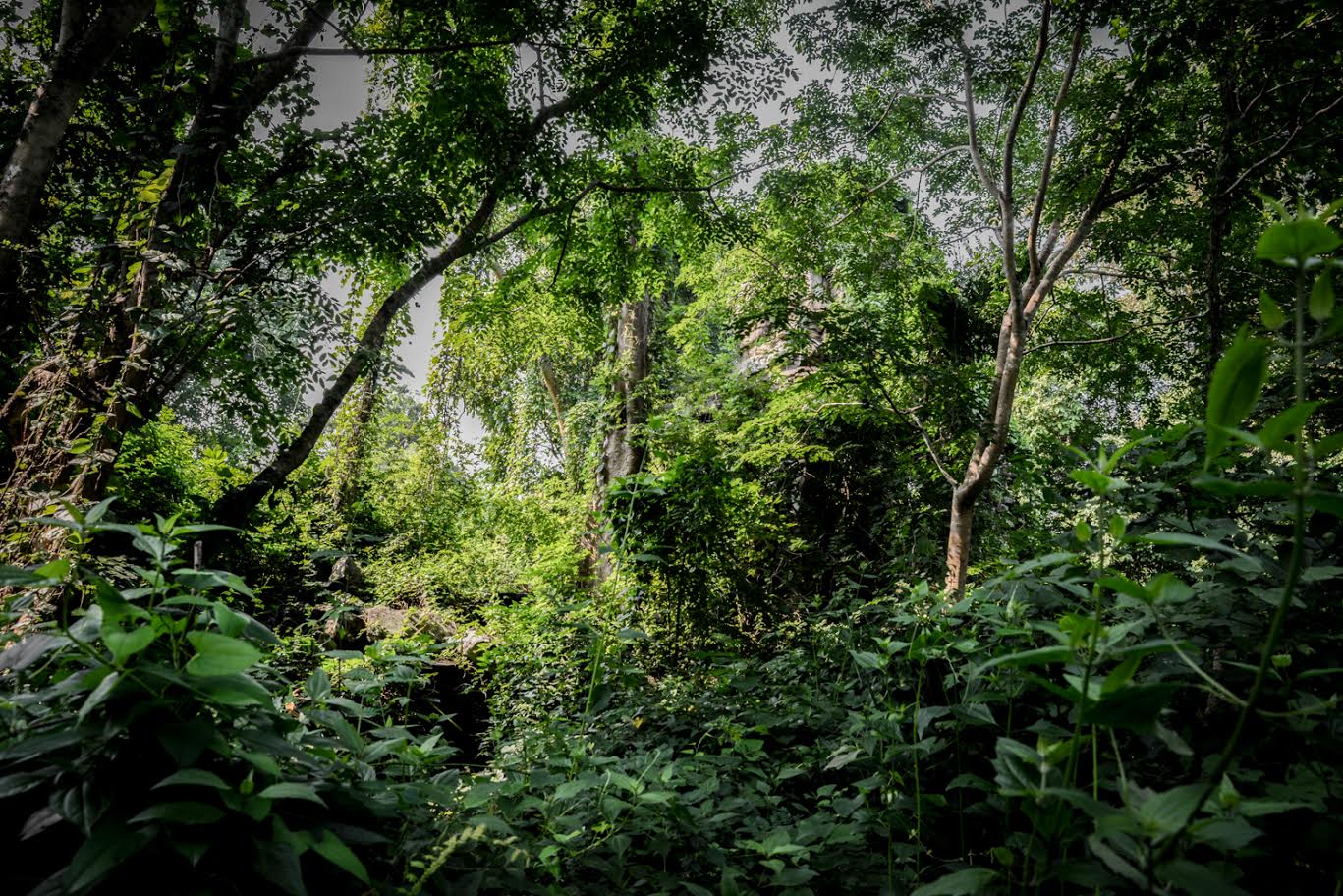
Environmental journalism can be a deadly business, particularly in rapidly developing economies that depend on resource exploitation to fuel their growth.
The October 12th murder of Cambodian deforestation journalist Taing Try has, once again, shown how dangerous a business covering environmental topics really is. Further, the murder highlights how corruption in the ranks of both loggers and journalists may be contributing to an already murky media picture of the true scale of deforestation and environmental degradation in the Southeast Asian nation.
Cambodia has long had a contentious relationship with dissent, and in recent years, the activists and journalists who have covered deforestation have found themselves at considerable risk. Cambodia’s swiftly disappearing forests contain large quantities of beautiful and exceedingly valuable rare wood: despite conservation pacts and protected areas, ancient trees, including the rosewood that is currently in high demand in China, continue to vanish at a very fast clip.
The Cambodian government, dominated by the ruling Cambodian People’s Party, is often complicit in or at least turns a blind eye to the predations of illegal logging on its turf. Per figures released by Global Witness, the incidence of illegal logging in Cambodia has risen considerably since 2010, as valuable wood is clear-cut from development concessions, liberally doled out by the government to deep-pocketed private companies.
In the middle are locals dependent on the forest to survive, activists, and the local journalists who cover the corruption implicit in the Khmer logging industry.
Into that category fell Taing Try, who worked for a local publishing network and regularly covered environmental and logging issues. Try appears to have witnessed a cart carrying illegal timber, and was shot in the forehead after his car was stuck in the mud. Three men were charged with the murder in Kratie Province.
Taing Try was not the first environmental journalist or activist to die in this way in recent years. The 48-year-old Try was in fact the second journalist to be killed in Cambodia since the year began, with at least 12 murdered since 1993. In a prominent recent case that was condemned around the world, environmental activist Chut Wutty was shot and killed while accompanying two journalists from the English-language Cambodia Daily newspaper in April of 2012, and is now mourned as an environmental hero by activists around the country.
The narrative may seem both well-worn and tragic, but it’s not quite as simple as a sad tale of heroic journalists fighting against corruption and environmental destruction.
While it is true that extortion charges are an exceptionally handy way of silencing environmental reporters, the allegations of wrong-doing in Cambodia are common and some claims appear credible – and even Freedom House has noted that low pay motivates some reporters to accept or even actively seek bribes in exchange for staying quiet.
A Phnom Penh Post story published in October, and a Al Jazeera piece released last week found that some Cambodian journalists covering illegal logging are less interested in conservation and considerably more interested in receiving kick-backs and payments from lumber traffickers and other bad actors who are willing to pay to not be exposed. Try himself had been accused of illegally extorting timber in 2012, though the charges were later dropped.
As the Al Jazeera piece found, “ghost” newspapers that rarely or never publish are common in Cambodia: an authority from the Cambodian Center for Media Studies estimates that only 20 out of the nations’ 400 registered newspapers regularly publish. A number of these papers likely operate as vehicles for bribe-seeking.
The danger of this bribe-seeking behavior – or just the rumor of it – is real. On the 16th of October, two reporters in northern Preah Vihear province were chased after they attempted to photograph a truck carrying timber, with police accusing the journalists of attempting to extort money from the truck driver in exchange for suppressing a story.
Meanwhile, on the 21st, two Kratie reporters were charged with extorting money from villagers, claiming that they were harboring illegal wood inside their homes, a crime which the journalists say that they were unjustly charged with.
Corruption in journalism isn’t just a problem for loggers and villagers. If the allegations are true – and even if they aren’t – extortion rumors in environmental reporting cast corrosive doubt on the hard work of ethical, honest reporters, making it that much harder for them to do their jobs.
Forced to contend with both accusations of corruption and the risk of being beaten or murdered for their efforts, ethical journalists may well decide to stay quiet, or find other topics to cover.
Taing Try’s murder has highlighted that true facts about the extent of deforestation are hard to come by, and that the price of a misstep can be as high as death. Meanwhile, as intimidation and corruption swirl around the topic of the environment, Cambodia’s forests continue to be spirited out of the country on the top of flat-bed trucks.
Image credit: Faine Greenwood Forest Banteay Chmaar – Forest near the Banteay Chmaar temple in Cambodia’s northwest, October 2014.
